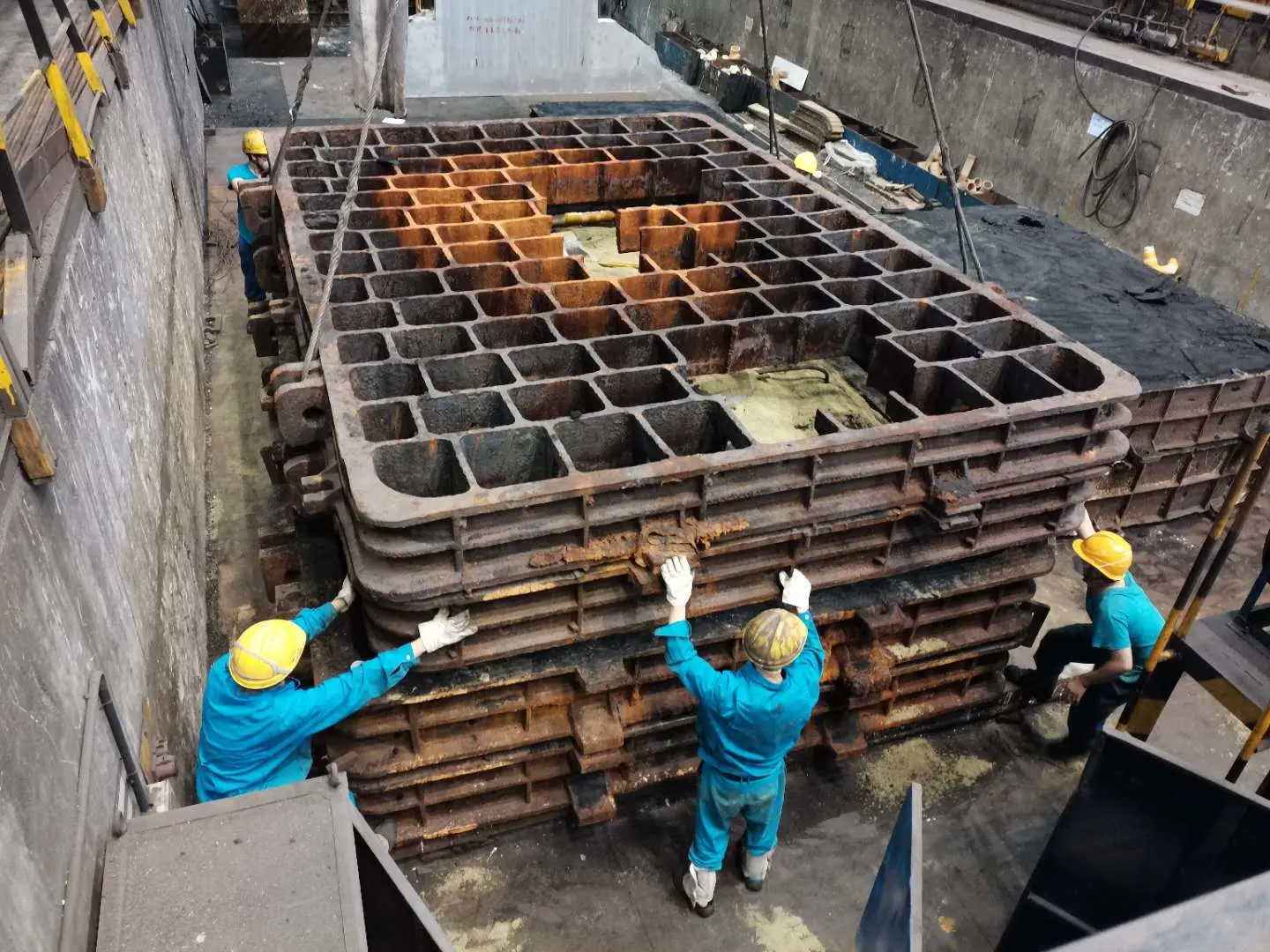The Versatility of Sand Casting A Closer Look at Products Made from This Process
Sand casting, also known as sand mold casting, is a time-honored metalworking technique that plays a crucial role in producing a wide variety of metal products. The process involves creating a mold from sand and using that mold to shape molten metal into desired forms. This method is favored for its flexibility, cost-effectiveness, and ability to produce complex geometries, making it integral to numerous industries.
One of the most common products made through sand casting is engine blocks for automobiles. These engine blocks are usually made of cast iron or aluminum alloys, which provide the structural integrity needed to withstand the high pressures and temperatures encountered during engine operation. The use of sand casting in this application allows manufacturers to produce intricate internal designs that facilitate cooling and oil flow.
The Versatility of Sand Casting A Closer Look at Products Made from This Process
In the aerospace sector, sand casting is employed to produce parts such as turbine housings and components for jet engines. These parts must have precise dimensions and must endure extreme conditions, making the detailed capabilities of sand casting particularly valuable. The process allows for the inclusion of features like cooling channels that are essential for the operation of high-performance engines.
what products are made from sand casting

Moreover, sand casting is widely used to create artistic metalworks and sculptures. Artists and craftsmen often leverage the flexibility of sand casting to express their creativity and bring their designs to life. The uniqueness of each mold allows for variations in texture and shape that can result in stunning sculptures, jewelry, and decorative elements.
In addition to the industries mentioned, sand casting is also relevant in manufacturing agricultural equipment, tools, and even cookware like cast iron skillets. The durability and heat retention properties of cast iron make it an excellent material for cooking, and sand casting allows for the production of heavy, high-quality cookware that can last for generations.
Moreover, construction and architectural features such as decorative brackets and railings are often manufactured using sand casting. The ability to produce custom designs in metal enables architects and designers to create visually appealing structures that also serve functional purposes.
Despite the advantages of sand casting, it should be noted that it also has its challenges. The sand molds can be less precise than other methods like investment casting, affecting the surface finish and dimensional accuracy of the final products. However, advancements in technology and material science continue to improve the quality of sand casting, making it an even more attractive option for manufacturers.
In conclusion, sand casting is a versatile and widely used manufacturing process that produces a multitude of products across various industries. From automotive engine blocks to intricate artistic pieces, the applications of sand casting are diverse and significant. Its ability to create complex shapes from a range of metals, combined with cost-effectiveness and scalability, ensures that sand casting will remain a vital method in the world of manufacturing for the foreseeable future. As technology evolves, the possibilities for innovation within sand casting continue to expand, promising a bright future for this traditional yet highly relevant craft.
Post time:ធ្នូ . 16, 2024 13:55
Next:foundry sand specifications
